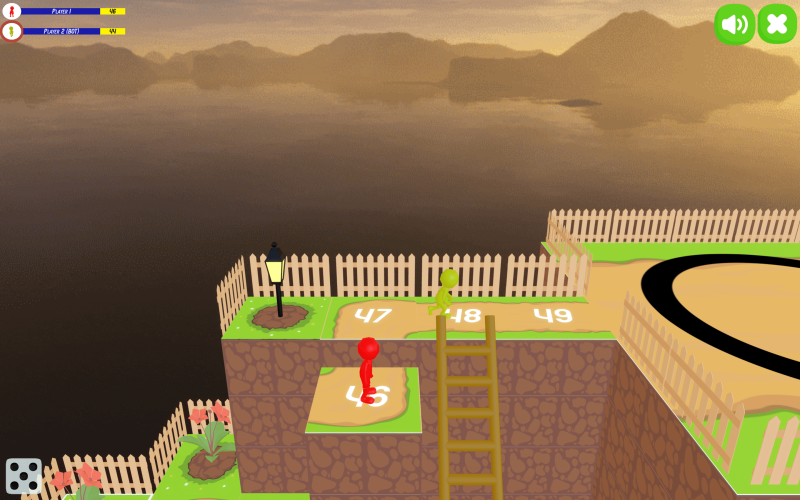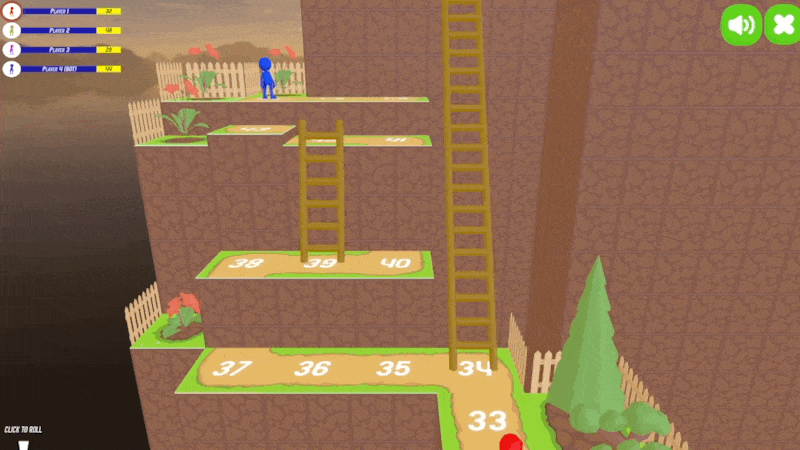Snakes and Ladders: The Complete History

People of all ages have enjoyed the beloved board game Snakes and Ladders. Did you know it has an interesting and rich history spanning centuries across several continents? This game originated in ancient India and has evolved over the centuries, capturing players from all cultures. We will take you on a time-traveling journey as we discover the origins of Snakes and Ladders, a game that originated in India and has become a favorite in America.
History Of Snakes And Ladders
The history of Snakes and Ladders is fascinating, despite the simplicity of the game. Learn all about the history and development of Snakes and Ladders from India up to today.
Indian Origins
In India, Snakes and ladders is called Moksha Patam. Its origins are in Hindu philosophy. The game was created to represent the journey of an individual soul, with ladders standing for virtues and serpents for vices. The game was used as a tool for moral education, showing the effects of both good and bad actions. The game’s origin is a matter of debate. It was first mentioned in the 2nd century BC. Other historians, however, claim that the game first appeared in the 10th Century AD. Others claim that it was invented in the 13th Century AD. Whatever you do, Snakes and Ladders’ history is one of oldest games ever.
Snakes and Ladders spread to other parts of Asia as trade and cultural exchanges flourished. The game was adopted and integrated in the cultures of neighboring countries such as China and Japan. The game was adapted to each region but remained true to its core theme, which is the moral lesson and journey through life.
British Adaptation
The game became popular as a leisure activity during the British colonial period in the 19th Century. British officers introduced the game to their homeland. Snakes and Ladders was modified, with the original Indian board being changed to a grid of 100 squares. The moralistic aspects were gradually reduced, and the emphasis shifted to a more recreational experience.
Snakes and Ladders became increasingly popular as British influence spread across the globe. The game was played in many parts of the British Empire including Australia, Canada and African countries. The game’s accessibility and simplicity appealed equally to all ages and backgrounds. The game was modified over time to include colorful illustrations and designs.
American Migration

In the late nineteenth century, Snakes and ladders made its way to America. Introduced as a game for children, it quickly gained popularity in homes and schools across the nation. In the American version, chutes were often used instead of snakes to maintain the core mechanics of the game while adding a unique twist. Snakes and Ladders has become a staple of American board games, capturing generations of players.
Snakes and Ladders’ history has evolved and adapted to new media. The classic game has been adapted to digital platforms and is now available worldwide. Snakes and Ladders has been given a new lease of life with the advent of online versions and mobile applications.
Snakes and Ladders, which originated in ancient India under the name Moksha patam and has since gained widespread popularity across America and the globe, have left a lasting impression on the board game world. The game’s history shows the power of an engaging, simple concept that transcends cultural and time boundaries. It is a timeless classic.
Now that you’ve learned the history of Snakes and Ladders try it for yourself. Try to beat 1, 2, or 3 players at once and see who can get to the top.



